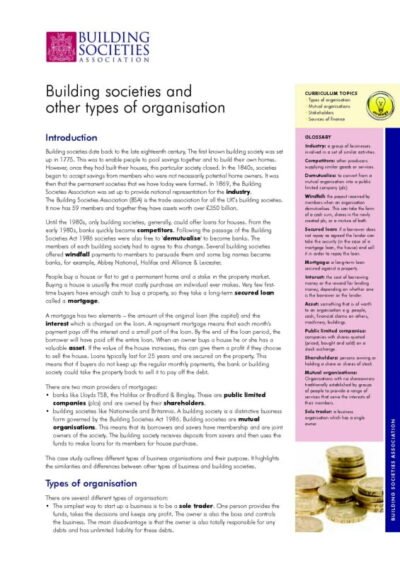Buying fine wine “en primeur” is essentially buying it while it is still maturing in the barrel – think of it as wine futures. The wine is sampled when it is around six months old, usually between 12 and 18 months before the full release, and given a preliminary score out of 100, allowing an en primeur price to be established for potential investors. Buying wine this way comes ownassociated risks, but it also offers a number of unique benefits.
The en primeur price usually represents the cheapest possible buying price for a particular vintage, as prices will naturally rise once the wine is bottled and fully released into the market. Many vintages have extremely limited quantities and thus purchasing en primeur is an excellent opportunity to secure an investment early, without having to worry about the wine selling out or becoming extremely hard to find once bottled.
Acquiring fine wine in this manner is a great way to optimise for maximum growth potential; once the vintage is given is final score and released to the market its value can immediately rise as demand grows. This allows you to collect the best possible return on investment as the wine becomes rarer and more valuable over time. Once the wine is bottled, your en primeur purchases are delivered directly from the chateaux to your pre-arranged storage facility which provides you with excellent provenance for your investment.
There are risks, however, as with any investment. Buying before the wine is bottled can expose an investor to any potential problems in the supply chain during the creation process, before physical delivery is secured. Although these failures are relatively rare, it is a risk that is otherwise avoided when investing in already bottled wine. If en primeur strategy is not for you, alternatively you can purchase the fine wine in bottles by the case load and utilise UKV International storage and insurance facilities, where your assets are kept in optimum conditions with a controlled climate.
Development costs for fine wine can be extremely high, and in fact the en primeur system was initially started to help offset this, but it has not eliminated the concern entirely. Conversely, oversupply can damage the returns on new vintages for up to several years, especially when compared to buying older wine that already has established value from its quality and rarity.
Buying en primeur also means taking a risk on the quality of the vintage itself. Although the preliminary score is a good indicator of a wine’s quality, it is not a guarantee. Wine can drop several points between barrel and bottle, and this can significantly affect its price. For example, wine that scores between 99-100 points will typically perform twice as well in the market as wine that scores only 92-93 points, despite this lower score still indicating an outstanding quality in and of itself.
When it comes to investing in this way, buying a small number of large format wine bottles from top-scoring vintages is a great way to capitalise on the en primeur system, as these bigger bottles will be extremely rare and thus create an outstanding re-sale premium. Focussing on a small number of high-quality vintages is also a great way to minimise the storage and transport costs for fine wine and therefore can help to maximise returns.
In summary, buying fine wine en primeur can be a great way to for investors to secure a profit. The opportunity to purchase highly sought-after wine at what is often a lifetime lowest price is one that any savvy investor should consider. However, it is important to understand that these profits are not necessarily guaranteed as the quality of the wine is not yet fully verified. Look to set aside a percentage of your investment into en primeur purchases to complement the acquisition of older vintages, in order to create a more well-rounded fine wine portfolio and maximise potential for growth.
 Tesco A3 ePoster Edition 14 "How training and development supports business growth"
Tesco A3 ePoster Edition 14 "How training and development supports business growth"  Building a brand in order to sustain its life cycle (MP3)
Building a brand in order to sustain its life cycle (MP3)  Creating a redical new pension (PDF)
Creating a redical new pension (PDF)  Building societies and other types of organisation (PDF)
Building societies and other types of organisation (PDF) 